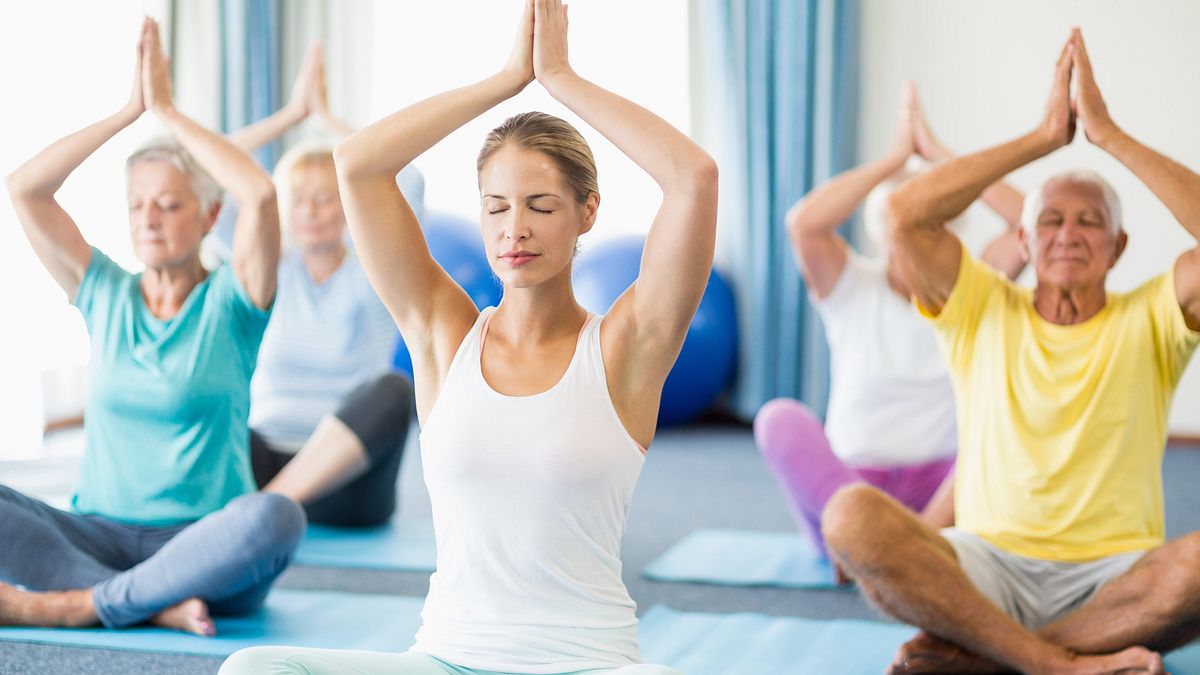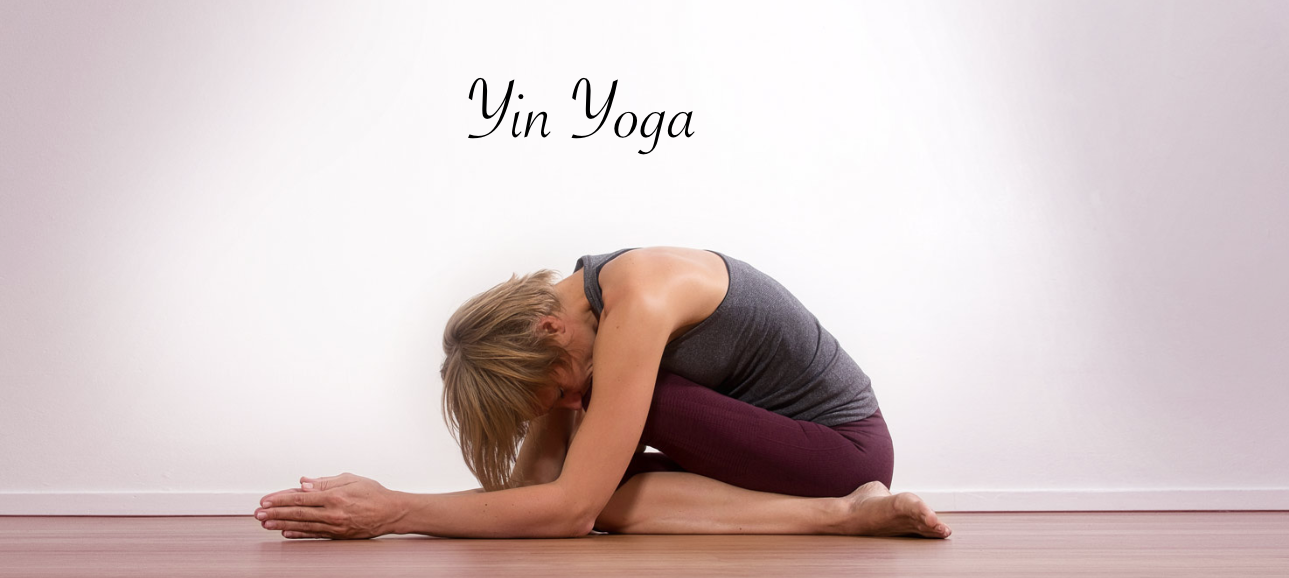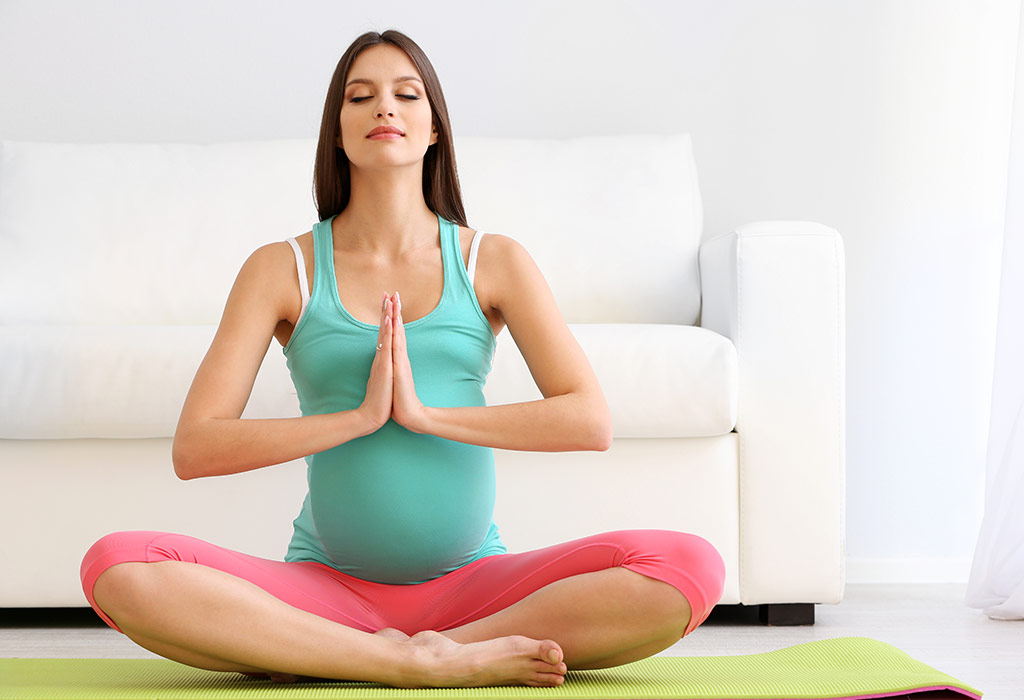20 Different Types of Yoga : How to Find the Right Yoga Style for You
17 Sep 2021 HYN Himalayan Yoga Academy

Yoga can be defined as a group of disciplines including mental, physical, and spiritual exercises. Yoga is a mind and body practice. Various styles of Yoga combine physical postures, breathing techniques, and meditation or relaxation. Yoga is an ancient practice that may have originated in India. Yoga is now a popular form of exercise around the world. Our exposure to new ideas has altered the way we practice yoga. There are several options to consider for your Yogic style with the incorporation of new inventions and the adoption of a new contemporary style.
Whether you`re interested in spiritual or mental yoga whose goal is therapeutic healing or physical yoga that has endurance strength and flexibility. The list will give you the inside scoop on which style you fit the most.
1. Kundalini Yoga
Kundalini yoga is a form of yoga that involves chanting, singing, breathing exercises, and repetitive poses. It is about connecting our individual spiritual energy. Its purpose is to activate your kundalini energy or shakti which helps us to gain a better awareness of ourselves. Kundalini yoga is the Yoga of awareness. It is a dynamic, powerful practice that is designed to give you an experience of your soul This is the spiritual energy that is said to be located in the base of your spine. This yoga focuses on using the energy which is stored in the base of the spine, drawing it up through the seven chakras. It brings balance to the body, mind, and soul. With regular practice, this form of yoga`s aim is to lead us to spiritual enlightenment and finally your kundalini energy is awakened.
What to expect in Kundalini Yoga:
- Chanting
- Breathing exercises
- Sequence of postures
- Mudras and Meditations
2. Hatha Yoga
Hatha means the yoga to bring balance between the sun and the moon in you, or the Pingala and Ida in You. Hatha yoga is often compared to the Vinyasa classes as they share similar asanas and pair them with specific breathing techniques. Hatha Yoga is a general term for any type of Yoga that teaches Physical Poses. It combines all the other types of modern Yoga and is a basic and classical approach to posture and breathing routines. It lengthens the muscles and refreshes the mind. The class is generally encouraged to move at a slower pace to ensure the proper execution of each pose.
What to expect in Hatha Yoga:
- Breathing work
- Sun Salutation
- Meditation exercises
- Yoga poses like series of twisting movements, bending or folding
3. Vinyasa Yoga
Vinyasa, also called “flow” because of the smooth way that the pose run together that means all the movements in Vinyasa class are coordinated with your breathing, and there is no break in between the poses. It often allows the time in-between poses to rest and may vary in speed depending upon the instructor`s preference. Vinyasa is very versatile but one thing that remains constant is its ability to fluidly move and transition.
- Sun salutations
- Steady flow with synchronized breathing
4. Ashtanga Yoga
Ashtanga Yoga is a dynamic, flowing style that purifies the body and mind combining strength, flexibility, and stamina for a complete practice. It involves synchronizing breath with progressive and continuous postures, which provide internal heat while detoxifying the body. It is a rapidly moving discipline that flows from one move to the next with an inhale and exhale. The sequence is fast-paced and physically demanding. It is also called the eight limbs of yoga.
What to expect in Ashtanga Yoga:
- Sun salutations( A and B)
- Repeated postures
- Fast pace
- Sweating
- Dynamic Vinyasa Flow
5. Yin Yoga

Yin Yoga is a slow-paced style of yoga that turn inwardly and targets the deepest tissues of the body, our connective tissues, ligaments, joints, and bones. It`s slower and more meditative, giving you space to turn inward and tune into both the mind and physical sensations of your body. You can expect this type of yoga to hold poses for a longer period of time which helps you strengthen and lengthen muscles and tissues.
The practice of Yin yoga is based on ancient Chinese philosophies and Taoist principles which believe there are pathways of energy that run through our body. By stretching and deepening into poses, we’re opening up any blockages and releasing that energy to flow freely.
What to expect in Yin Yoga:
- Focused deep breathing
- Slower more meditative form of Yoga
- Non-heated room
- Holding postures for a longer time
- Finding comfort in discomfort- focus on holding poses and turning inward
6. Iyengar Yoga
Iyengar yoga is a form of yoga that focuses on proper alignment and precise technique through slower movements and emphasis on quality over quantity. It focuses on finding the correct alignment in each pose with the help of a range of props, such as blocks, blankets, and straps, It combines asanas (poses), and pranayama (breath) to build strength, stamina, and flexibility. It enhances our ability to deepen our stretch through its specific technique by ensuring that our stability is first. It will help you to achieve mental, physical, and spiritual stability and strength. Iyengar yoga is a unique blend of both meditation and movement.
What to expect in Iyengar Yoga:
- Challenging Poses
- Breathing exercises
- Poses held for long durations
- Very technical in poses for alignment and stability
- Encouragement of props(to avoid injury risk) and achieve strength and balance
7. Bikram Yoga
Bikram yoga is a system of hot yoga characterized by a set series of postures and breathing exercises, performed in a room heated to a very high temperature which promotes detoxification and flexibility. Often the temperature is as high as 105 degrees with 40% humidity. It received its popularity in the 1970s in California. It includes standard series of 26 breathing exercises and asanas over a 90-minute class.
What to expect in Bikram Yoga:
- Heated rooms
- 90 minutes classroom
- Difficult breathing exercises
- Classes can be difficult for individuals completely new to yoga
- Difficult breathing
- Increases blood circulation and increases metabolism
8. Power Yoga
Power yoga is an energetic form of yoga that makes for the best yoga workout and the maximum health benefits. If you are looking for a form of yoga that gets the heart pumping then Power yoga won`t disappoint. The objective of this sort of yoga is to make sure that cardio sits at its core meaning that this yoga will get you moving.
- High level of energy
- Designed for athletes- lots of movements
- Heated rooms
- Modified Ashtanga yoga practice
9. Restorative Yoga
Restorative yoga is a style of yoga that encourages physical, mental, and emotional relaxation. As the name suggests this form of yoga helps encourage healing and support for the body. It is a restful practice that is all about slowing down and opening your body through passive stretching. This is a relaxing method of yoga. A person spends a restorative yoga class in four or five simple poses that will calm and reset your entire body and mind to prepare you for deep relaxation. These poses will help its students activate the parasympathetic nervous system and by activation that help the PNS ‘ rest and digest.
What to expect in Restorative Yoga:
- Slow movements
- Lowering Blood pressure
- Releasing tension
- Increased feeling of awareness and relaxation
- Calm and controlled movements
- Use of props
10. Prenatal Yoga

Prenatal yoga is a form of gentle yoga designed for pregnant women to practice during all three trimesters. The mixture of stretching, controlled breathing and mental focus offers a variety of benefits to expectant mothers. It is also suitable for getting back into shape after birth, this style will keep muscles strong throughout the pregnancy, and then ensure that they return to normal afterward. This style prepares the expectant mom mentally for birth. It is a great way to relax and stay fit. Exercises include pelvic floor exercises, breathing asanas, and ways to increase flexibility.
What to expect in Prenatal Yoga:
- May reduce symptoms of nausea
- Can help ease some body aches, especially in the lower body
- Fun, slow-paced postures that enhance flexibility.
11. Aerial Yoga
If you are interested in aerobatics and gymnastics then aerial yoga may be a perfect fit for you. Aerial yoga combines the physical practice of yoga with elements of acrobatics through the use of a suspended hammock constructed out of the silk material that is often used in aerial performances. Many postures that students struggle with, like backbends, are easier with this type of yoga. It improves your overall strength, health, and well-being. Many of its postures come from the inspiration of dance, some pilates exercises, and of course aerobatic gymnastics.
What to expect in Aerial Yoga:
- Not suitable for pregnant women
- Great for the students who suffer from back pain that enables a deeper stretch not attainable on the yoga mat
- Many poses that are challenging on a yoga mat
- Students who don`t mind inverted yoga poses and asanas
12. Acro Yoga
Acro yoga is similar to aerial yoga but it doesn`t include hammocks or yoga swings. It includes many types of partners and groups acrobatics in which at least someone is lifted. There are three roles that participants will choose, either the base(The individual responsible for moving), The flyer( the person that is being moved), and the spotter ( the individual that helps to ensure that movements are going smoothly).
What to expect in Acro Yoga:
- Working collaboratively with a partner or group
- Play and fitness
- Exercise I communication
13. Anusara yoga
Anusara means “flowing with grace”, “going with the flow” and “following your heart”. Anusara emphasizes “ Universal Principles of Alignment” as the focal point of its practice which underlie all kinds of physical asanas. It encourages students to focus inward to balance their energy and enhance their connection to spirituality.
What to expect in Anusara Yoga:
- A flow that connects to breathing
- Fun- light-hearted classrooms
- Holding poses for a longer duration of time
- Vinyasa style poses
14. Sivananda Yoga
This philosophy maintains that proper breathing, relaxation, diet, exercise, and positive thinking work together to create a healthy yogic lifestyle. It is a complete healing system designed to help the body maintain a naturally healthy state. It focuses mainly on breathing, meditation and spirituality. This practice is ultimately about acknowledging the awareness of the self
What to expect in Sivananda Yoga:
- Deep focus on self-awareness
- Reduction of stress and increase in energy
- Classic Yoga postures
15. Jivamukti Yoga
Jivamukti is physical, spiritual, and ethical yoga that combines vigorous style with exercise. Anyone who wants to explore the more meditational and spiritual type of yoga will find this fulfilling. One of the main distinctions of Jivamukti Yoga is they encourage its participants to adhere to a vegan diet. This is because it is an element of their advocacy of Yama ahimsa or their exercise or commitment to non-violence.
What to expect in Jivamukti Yoga:
- Increased awareness of self and the divine
- A vigorous style of yoga
- Will increase flexibility, and strength and encourage balance
- Improves circulation and decreases stress
16. Yang Yoga
It is the type of yoga that focuses on engagement and warming of the body which helps muscles to build up strength and increases blood circulation. Yang Yoga is exactly the opposite of Yin Yoga. It includes dynamic and more active forms of yoga. This style of yoga has breathing exercises to complement the poses and enable the activation to release energy.
What to expect in yang Yoga:
- Enhanced stamina and improved energy
- Improved blood circulations
- Relaxed body and mind
- Steady flow with synchronized breathing
17. Tantra Yoga
Tantra is a type of yoga that weaves together many different techniques such as mantra, meditation, visualization, mudras, pranayama, and initiation to study the inner universe through our human body. This is a very ancient practice that combines an energy lock and an energy center so that you build strength, clarity, and happiness in everyday life. It connects the human body with the universe. When practiced consistently, Tantra Yoga can help you get in tune with who you are, achieve your goals, and when done with your partner, deepen your relationship.
What to expect from Tantra Yoga:
- To connect the spiritual with the physical realm
- Increased energy and improve the relationship
- Identify weaknesses and turn them into strengths
- Ability to overcome blockages and gain control
18. Vini Yoga
This discipline focuses on students learning to adapt poses according to their own body needs. It is very gentle and healing type of yoga. It focuses heavily on breathing exercises alongside chanting and meditation. A Vini yoga sequence is a logically ordered, context-specific strategy that uses the tools of yoga to actualize an intention. It is an ideal way to create a positive direction of change in your lives.
What to expect in Vini Yoga:
- Longer holds
- Bandhas, chanting, and meditation
- Individualized practice
- Many sequences depend upon the instructor
19. Karma Yoga
Karma yoga is the yoga of action. This form of yoga is a way to develop a deeper connection to their spirituality. It`s about purifying your heart by learning to act selflessly in service of others. The one who practices karma yoga will receive satisfaction by balancing the body and mind and through this path will lead to a fulfilled life.
What to expect in Karma Yoga :
- Learning lessons of selflessness and self-acceptance
- Helps participants embrace discipline
- Practicing positive thinking/ pure thoughts
20. Buti Yoga
Buti yoga is a unique practice working on spiritual yoga by activating your inner chakras or energy while also getting a workout. You can get deeper core workouts and cardio sprints( mostly from tribal dance moves). This type of class has a sequence like a vinyasa class, just with a faster pace.
What to expect in Buti Yoga:
- Prepare to sweat
- Fast-paced sequences
- Incorporation of contemporary music
There are several types of yoga ranging from slow-paced to fast-paced or with some that are in-between. The alignment must meet your personal needs and serve you on a spiritual and physical level. Each style is about your individual preferences.
